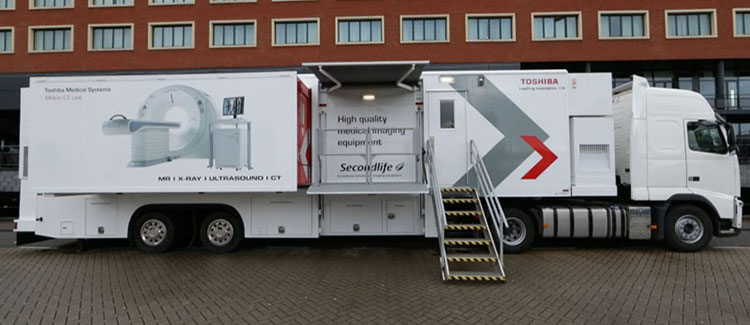From the Roy Castle Lung Cancer Foundation website

Roy Castle Lung Cancer Foundation is closely monitoring various pilot schemes across the UK in which people are offered lung check-ups using low-dosage CT scans.
And the charity is also backing a scheme based in the Bulwell area of Nottingham, in which eligible people aged between 60 and 75 are offered a ‘Lung Health MOT’ with CT scans to spot lung disease at an early stage.
They are being invited to attend an appointment at their local GP surgery. The new service also offers access to a mobile CT scanner.
Arun Tangri, Cancer Clinical Lead for NHS Nottingham City Clinical Commissioning Group (CCG), said: “We know that early diagnosis of lung disease and cancer is the most effective tool in improving treatment options and survival. But too often people postpone going to their GP with signs and symptoms.”
Paula Chadwick, Chief Executive of Roy Castle Lung Cancer Foundation, said: “Having seen the impact NHS screening programmes have had for cervical, breast and bowel cancer, we are hopeful these ‘Lung MOTs’ could be a pivotal first step in seeing a similar programme introduced for lung cancer.
“If we can spot lung cancer early, we can save lives; so these schemes could help to save thousands of lives across the UK.”
More than 2,500 people took part in a Lung Health Check scheme in Manchester which saw CT scanners set up in shopping centre car parks.
Smokers and ex-smokers aged between 55 and 74 in three areas were offered a free health check followed by an on-the-spot scan. The scheme was backed by Macmillan Cancer Support.
Data provided by the University Hospital of South Manchester (UHSM) Trust found that:
- The number of patients discovered at stage four – which is nearly always incurable – reduced from nearly 50% to just over 10%
- Over 2,500 people were checked, with about half then being offered an immediate CT scan – those scans led to 42 cancers being discovered
- Nearly 90% of those diagnosed were offered curative treatment
- A further 20% of those who attended were diagnosed with chronic obstructive pulmonary disease.


